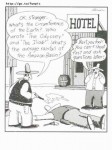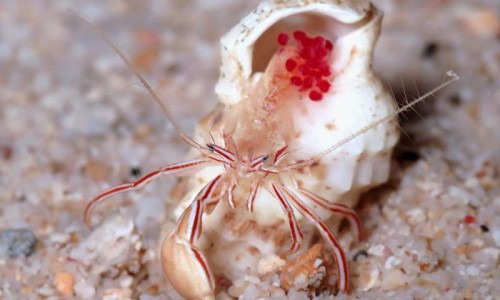February 18-26 is going to be Octopus Week at the Seattle Aquarium (unlike Chez Myers, where every day is Octopus Day, in spite of our lack of cephalopods in the neighborhood…OK, point goes to the aquarium for actually hosting octopusses).
One of the big events leading up to Octopus Week will be Valentine’s Day, when romance might slither into the tank.
Watch live to see if romance blossoms between our male and female giant Pacific octopuses, Pancake and Raspberry, when they meet for the very first time on Valentine’s Day. Aquarium biologists will set the mood with decorative hearts, roses and romantic music at the Octopus exhibit. Will her three hearts skip a beat? Will he wrap his eight arms around her? Join us to find out!
Come on, give the kids a little privacy, for Cthulhu’s sake!






